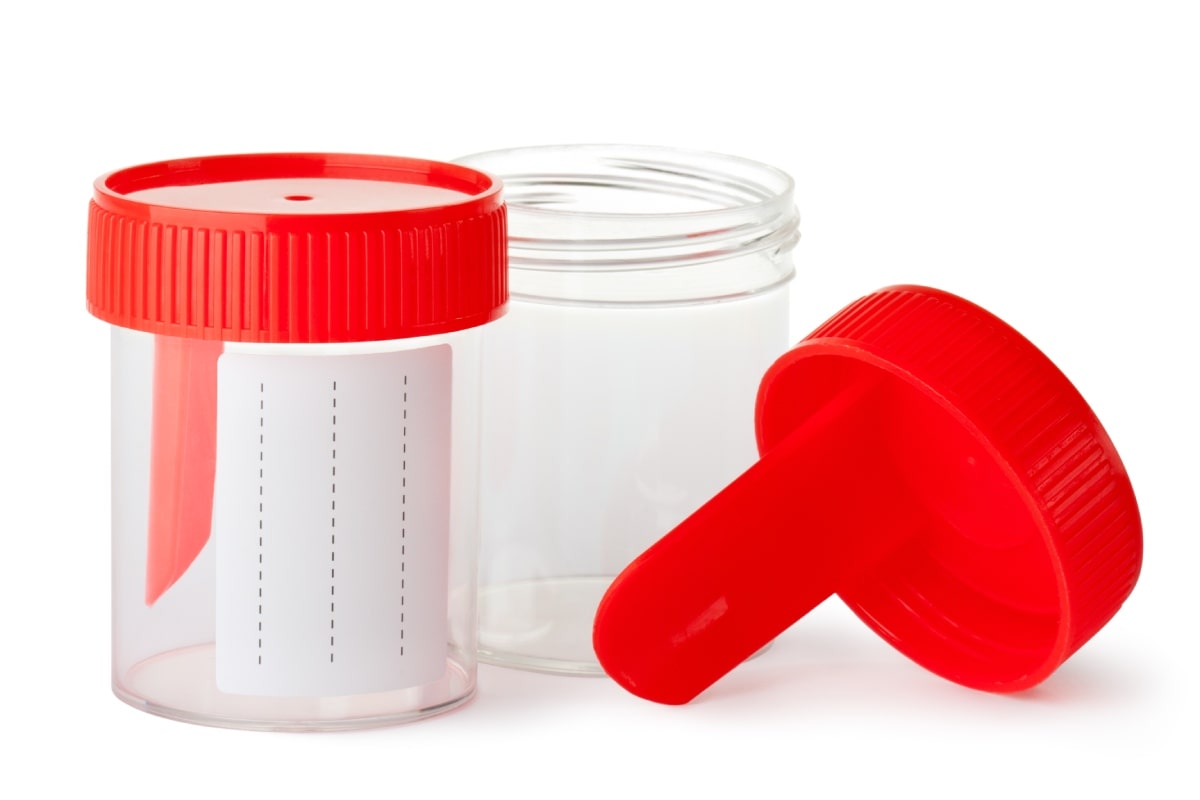Diagnosis of Bladder Infection in Children
How do health care professionals diagnose bladder infections in children?
Health care professionals use a medical history, a physical exam, and lab tests to diagnose bladder infections in children. Health care professionals may also order imaging tests.
What tests do health care professionals use to diagnose bladder infections?
Health care professionals use lab tests to diagnose bladder infections in children. They may also use imaging tests to check for problems in the urinary tract that can lead to infection.
 Health care professionals may use lab tests to help diagnose bladder infections.
Health care professionals may use lab tests to help diagnose bladder infections.Lab tests
Urinalysis
Urinalysis checks a urine sample for white blood cells, signs of inflammation, and blood in the urine. The body produces white blood cells when fighting infections caused by bacteria. Health care professionals use a catheter to get a urine sample from babies and small children who aren’t toilet trained.
Urine culture
Urine culture checks for bacteria in the urine. This test may help to see whether antibiotics are a treatment option for your child. You will typically get your child’s test results in a few days.
Imaging tests
A health care professional may use imaging tests to find the cause of your child’s infection. Imaging tests may include
- ultrasound, a painless test that uses sound waves to look inside the body without exposing your child to radiation
- voiding cystourethrogram, a test that uses x-rays to see if there are problems in the bladder and urethra and to show if your child’s urine flows backward, a condition called vesicoureteral reflux
- dimeracaptosuccinic acid (DMSA) renal scan, a test to look for kidney damage or kidney inflammation in a child who has repeat urinary tract infections with a fever
This content is provided as a service of the National Institute of Diabetes and Digestive and Kidney Diseases
(NIDDK), part of the National Institutes of Health. NIDDK translates and disseminates research findings to increase knowledge and understanding about health and disease among patients, health professionals, and the public. Content produced by NIDDK is carefully reviewed by NIDDK scientists and other experts.

